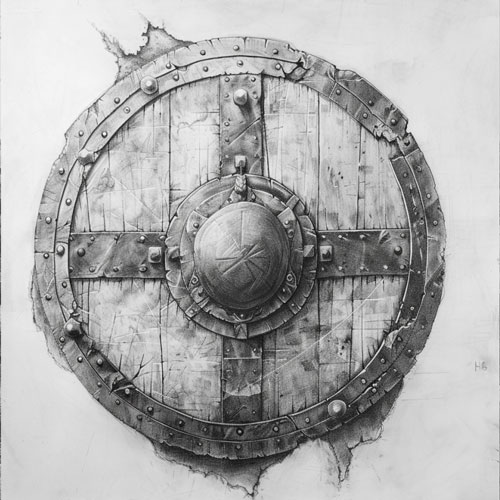Hello players, I am Tushar, your chess coach.
Along with attacking, defending is an equally important aspect of a chess game.
Defending
In the lesson about ‘Attacking,’ you saw that you can attack your opponent’s pieces. In this position, the black bishop is attacking the white rook. The rook is in danger.
Of course, White doesn’t just leave the rook unprotected. He can defend it.
In this lesson, we shall take a look at the various defensive methods in chess. These are:
- Moving away
- Protecting
- Capturing
- Interposing
Moving away
In the position below, the queen is attacking the knight.
The queen is a strong piece. It controls many squares, and while the knight can move to 8 different squares, only four of them are safe.
For another example…
Protecting
This time, moving away is not good enough. The queen is attacking the knight, and the knight does not have a safe square to go to. It can only reach squares with a red box. The queen can take the knight on any of these squares.
White will need to use another form of defense to save his knight.
The rook is protecting the knight. Protecting means that if your opponent takes your piece, you can capture theirs. It no longer makes sense for Black to capture the knight here.
Other examples…
Capturing
The white rook is under attack. White has various ways to defend it:
- Protect the rook
- Move away with the rook
- Capture the attacking piece!
The third form of defense is: capture the attacking piece!
Interposing
How does Black save the knight?
The bishop is on the same line as the queen. So the queen is no longer attacking the knight, and the knight has been saved. The pawn plays an important part. It protects the bishop, the piece which is interposing. A piece that you use to interpose must always be protected.
Summing up
There are four different ways to defend a piece which is being attacked:
- Move away (bishop to b3)
- Protect it (pawn to c6)
- Capture (bishop takes bishop or knight takes bishop)
- Interpose (knight to e4)
In a game of chess, you must attack your opponent’s pieces. Where possible, attack unprotected pieces. If a piece is not protected, you can take it safely.




